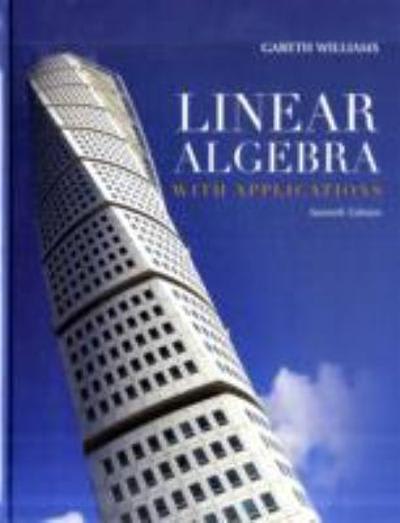Question
Part I QUESTION 17 1. Probability that an event will occur, but taking into account that another event may occur. Statistical independence multiplication rule Bayes
Part I
QUESTION 17
1. Probability that an event will occur, but taking into account that another event may occur.
Statistical independence
multiplication rule
Bayes theorem
decision trees
Conditional probability
QUESTION 18
1. When there is a possibility that an event will occur due to the influence of another.
Statistical independence
multiplication rule
Bayes theorem
decision trees
Conditional probability
QUESTION 19
1. Two random events are not influenced by each other.
Statistical independence
multiplication rule
Bayes theorem
decision trees
Conditional probability
QUESTION 20
1. Probability that two events intersect each other.
Statistical independence
multiplication rule
Bayes theorem
decision trees
Conditional probability
QUESTION 21
1. Graphics that help establish a suitable form for decision making
Statistical independence
multiplication rule
Bayes theorem
decision trees
Conditional probability
QUESTION 22
1. When a company seeks the opinion of a group of customers in relation to one of its products and the possible answer is YES or NO, this is an example of:
Conditional probability
Statistical independence
Mutually exclusive events
Collectively exhaustive events
QUESTION 23
1. When one of the events must occur at the time of the experiment (for example, toss the coin and come up heads or tails).
Conditional probability
Statistical independence
Mutually exclusive events
Collectively exhaustive events
QUESTION 24
1. Probability of two or more events occurring.
simple probability
joint probability
Conditional probability
Statistical independence
QUESTION 25
1. Probability that a given event will occur.
simple probability
joint probability
Conditional probability
Statistical independence
Part II Instructions Using the following key answer from 32 to 35.
a. Z-value
b.Tchebyshev's theorem
c. empirical rule
d. bias
32. To determine the position in which a value is found within a set of values.
Z-value
Tchebyshev's theorem
empirical rule
bias
33.Determine the number of values that are within one standard deviation of the mean.
Z-value
Tchebyshev's theorem
empirical rule
bias
34.Determine the number of values that are below a given number of standard deviations from the mean.
Z-value
Tchebyshev's theorem
empirical rule
bias
35.Determine the shape of the distribution of the analyzed data.
Z-value
Tchebyshev's theorem
empirical rule
bias
Step by Step Solution
There are 3 Steps involved in it
Step: 1

Get Instant Access to Expert-Tailored Solutions
See step-by-step solutions with expert insights and AI powered tools for academic success
Step: 2

Step: 3

Ace Your Homework with AI
Get the answers you need in no time with our AI-driven, step-by-step assistance
Get Started


